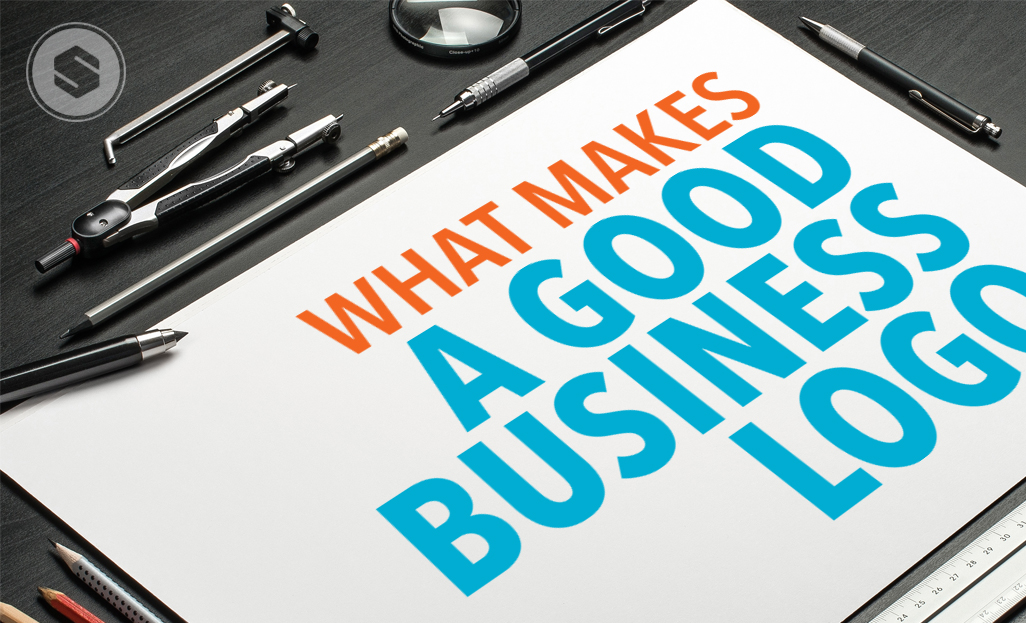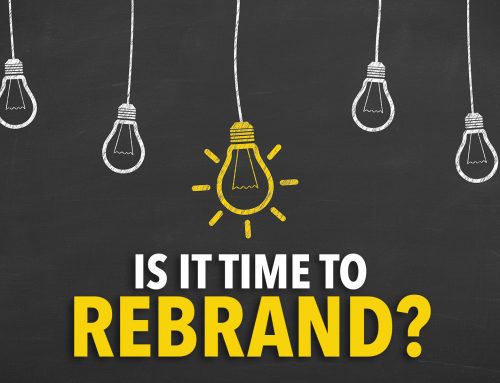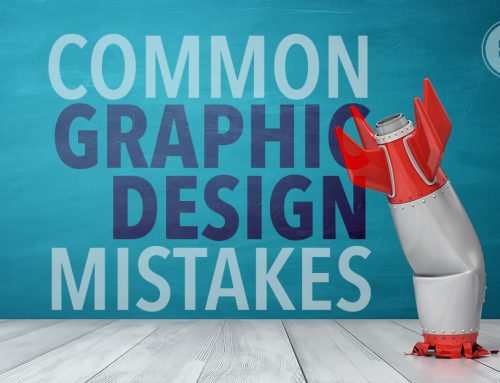- Keep It Simple It may be tempting to choose an extravagant design with graphics and colors. The thing to remember is that your logo is the beginning of your brand. It is the face of your company. It needs to be timeless and still be relevant and attractive ten years from now. Your logo also needs to be easily adaptive to many things-business cards, billboards, digital adds, social media and in some instances apparel and promotional products. The more simple, the easier it will be to adapt it to whatever your needs are. It also needs to be easy to remember. Simple logos leave a lasting impression because we can easily remember something more simple. The more graphics, colors, fonts, etc. your design has, the harder it is to remember and leave a lasting impression on your audience.
- Design For Your Audience Think about who you will be marketing your company to. A lawyer’s logo and a jewelry maker’s logo should look completely different and include different elements. Knowing what will appeal or how to appeal to your market will take market research and an in-depth analysis.
- Think About The Size We mentioned above that your logo will more than likely be on multiple mediums. It’s a good idea to keep size/shape in mind when selecting your logo. A logo of any size will fit on things such as billboards, print ads, etc. However, consider what you will want it on. Long and skinny logos fit great on promotional products (such as pens) but tall and wide logos do not. You can’t plan for everything, but you know your market and can have a general consensus of what will make promoting yourself easier. Make your logo adaptable.
- Consider All Design Aspects: Colors, Fonts, White Space, Balance, etc. Easier said than done, these are just a handful of the elements that many any design a great design. This is why we suggest leaving your logo to a professional. A non-designer might have an idea of what they want, and sure, they can sketch out a logo, but truly knowing and being able to successfully create a design considering all elements takes a professional. Read our previous blog on why to invest in a professional designer HERE.
What Makes A Good Business Logo
With the advances in technology almost everyone has access to software (free and paid) that could be used to create your own logo. As with other things, just because you can, doesn’t mean you should. Your logo is more times than not the first thing a consumer sees. You want it to be unique and memorable, not stock. Check out our previous post on why DIY design is a bad idea HERE. Most people, even non-designers, can tell the different between good and bad design or professional and unprofessional. With that being said, here are a few tips to consider to help you choose a great logo.




